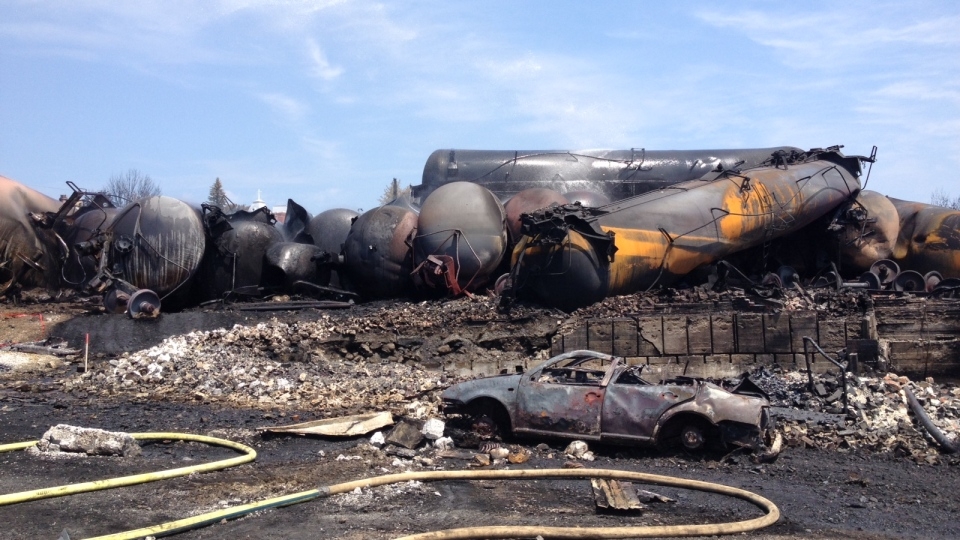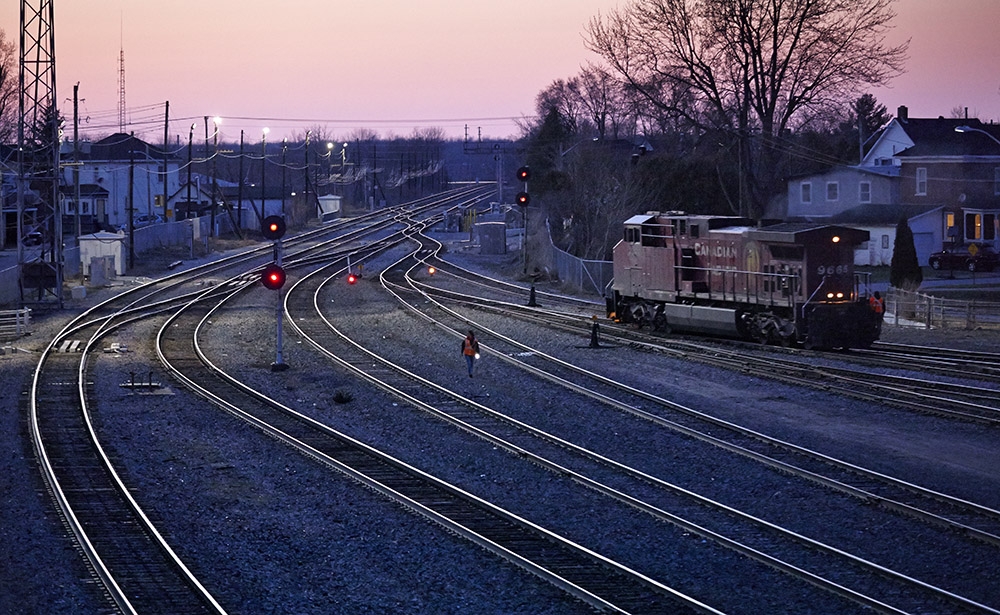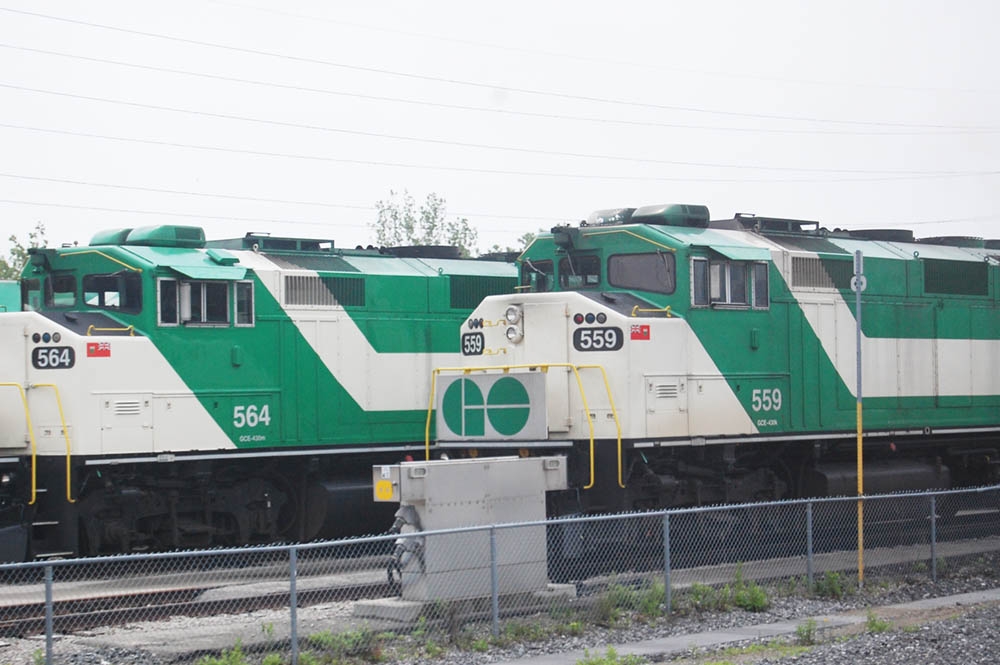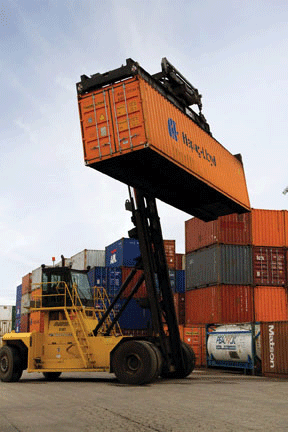
Lac-Mégantic
Everyone knows a Montreal Maine and Atlantic (MMA) train without engineer careened into Lac-Mégantic last July, derailed, exploded, killed 47 people, injured many others, destroyed the town’s centre, polluted lake and soil, and tore out the community’s heart.
Blame has since been widely laid, from CEO Edward Burkhardt blaming the town’s volunteer firefighters, to MMA’s procedures, the Bakken Oil Field crude cargo, MMA staff and directors, federal government departments, rail inspectors and recently the engineer.
But one error, made by one man, does not cause a disaster. Other likely factors include short-sighted policies, incomplete regulation and enforcement and acceptance of questionable industry efficiencies.
Questions asked by the public are also on the minds of Canadian railway workers and their union representatives at the Teamsters Canada Rail Conference (TCRC). “I was in Montreal when it happened,” says Rob Smith, TCRC’s National Legislative Director. “When I heard there was one person on the train, it caught me completely off guard,” He is mystified as to why Transport Canada (under then-minister Denis Lebel) granted permission for single-person operations. “Only one other railway in Canada is granted single-person operation and that’s the Quebec North Shore and Labrador Railway, which had to meet 69 conditions first.”
These conditions include technology like GPS and proximity detectors, which it does not appear MMA was equipped with, and non-hazardous ore cargo hauled where there are very few crossings. From evidence released so far, it appears MMA was hauling crude in long, heavy trains in single-hulled tanker cars meant for non-volatile liquids, without proper placarding regarding the chemical composition of the Bakken Oilfield crude, on a former short-line track without signalling, through the centres of towns. “Where was the risk assessment for this?” asks Smith. “The TCRC would not have sanctioned anything like it.”
What if the engineer has a heart attack, falls asleep, doesn’t notice something? A reset safety control is supposed to kick in and activate brakes. Was that control operative on the MMA train that night? So far, publicly- released information doesn’t reveal when the older model locomotive was last inspected, but in Canada the Locomotive Safety Inspection Rules state that all locomotives need a functioning reset safety control.
Smith notes technologies that act as fail safes sometimes fail too. “We still need the checks and balances,” he says, referring to human oversight.
Until he saw the fire, he and most colleagues had not known that crude oil, not normally explosive, could contain volatile gases. Secrecy surrounding dangerous cargo has long been a sore point for the TCRC and communities—who are calling for more transparency.
“We need to know what’s in the cargo,” says TCRC President Rex Beatty who saw the devastation left at Lac-Mégantic. “We need to be able to tell police and firefighters exactly what dangerous chemicals are in which tankers.”
Municipalities are notified quarterly, but only of cargo which has already passed through.
Beatty and Smith also suggest training first responders in hazardous materials handling, including train crews, and local fire departments and emergency services.
Should an old short line carry large heavy Class One trains? That track is in Occupant Control System Territory, without signals, which railroaders call “dark territory”. So no signals alerted the railway traffic controller of a runaway train on the track.
The perfect storm of factors potentially includes fatigue, equipment failure, lack of monitoring, volume of train, possible lack of inspection and maintenance and gravity. Says Smith, “It jumped out at me. Why would you leave a train staged on a grade if you didn’t have to?”
Released evidence says the locomotive was spewing oil droplets and had smoky exhaust. The engineer left, the fire started and was put out. But why was a locomotive which had just been on fire kept running? Why wasn’t it replaced with another engine?
Engineer Thomas Harding is being blamed for not setting enough handbrakes, but those actions may not have mattered if the train had been level, if a second engineer or a conductor helped set the brakes and test them, if the train had been completely shut down for the night as is usual in Canadian operations, if the MMA had responded to the locomotive fire by taking that engine off the train, or if standard regulations to stage a train while engineers rest were implemented and enforced.
“That should be a standard procedure,” says Smith. “Any unattended train should be properly secured and left on emergency. That is: shut down, all air out of the lines, which automatically puts on all the brakes, the keys out, the reverser handle taken, and often the locomotive detached from the train.”
Since the tragedy the federal government has made some changes, but do they go far enough? Thin- hulled DOT-111 tanker cars will no longer be allowed to carry petroleum products, but the TCRC suggests they should not carry volatile chemicals, like chlorine and propane either.
Protective Direction 32 requires railways to tell municipalities what dangerous goods the company is transporting through them, but states railways are not required to provide that information if municipalities don’t keep the information secret, and the information is out-of-date.
The federal government has banned one-person crews, but only on trains carrying hazardous cargo. Why should any train be allowed to run with one person —even a commuter train? Considering the mass and momentum, doesn’t the buddy system just make sense?
“Well,” says Smith, “four eyes are better than two.”









